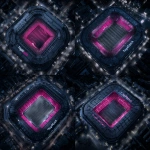Explore the Best AI Image Gallery
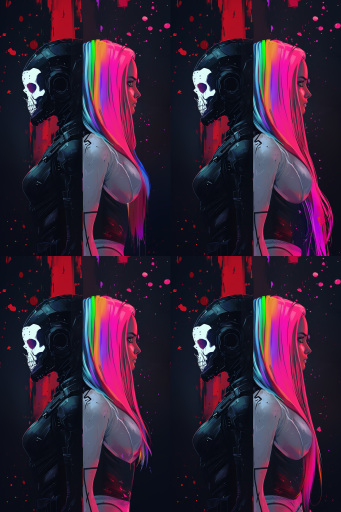
AI Imagery: Transforming Design and Creative Innovation
The advent of artificial intelligence (AI) has changed the landscape of various industries, with design being no exception. AI-generated images are becoming increasingly prevalent, transforming how designers conceptualize and execute their work. This blog post explores the multifaceted impact of AI imagery on the creative industry, the potential utilities it affords, the ethical considerations it raises, and the trends shaping its future.
The Evolution of AI in Design
AI has been utilized in various creative domains, from graphic and product design to photography and marketing. Tools that generate images based on input criteria are evolving beyond mere novelty. With algorithms like Generative Adversarial Networks (GANs), AI can now produce stunning visuals that often blur the line between machine-made and human artistry. As a result, designers now have powerful allies in the creative process, enabling new levels of efficiency and inspiration.
Potential Uses of AI Imagery
AI-generated images are proving invaluable across several domains of design. Here are some notable applications:
- Concept Art: AI can generate diverse iterations of designs quickly, helping artists explore multiple ideas before settling on a concept.
- Advertising: Marketers can utilize AI to create targeted visuals tailored to their audience’s preferences, resulting in higher engagement rates.
- Fashion Design: Designers can use AI tools to visualize patterns and clothing styles, expediting the design process.
- UI and UX Design: AI can simulate various user interface designs, optimizing user experience through data-driven decisions.
- Stock Photography: AI-generated images can fill the gaps in stock photo databases, providing unique visuals that may not be available commercially.
Ethical Considerations
Despite the promising capabilities of AI-generated imagery, ethical questions loom large. The primary concerns include:
- Intellectual Property: Who owns an image created by an AI? Artists, designers, and AI developers are currently navigating the murky waters of copyright laws that are not adequately equipped to handle these new technologies.
- Quality versus Quantity: While AI can crank out images at an alarming rate, there's a risk that the quality of creative work could decline. Can a machine truly replicate the depth of human emotion and intention in art?
- Job Displacement: As AI tools become more prevalent, there is growing concern about the potential for job losses in the creative sectors. Will machines replace human creativity, or will they serve as tools for innovation?
- Deepfakes: The misuse of image generation technology to create misleading images poses a serious ethical dilemma. Techniques that can generate hyper-realistic images of people saying or doing things they never did can damage reputations and spread misinformation.
Future Trends in AI Imagery
The landscape for AI in design and imagery is rapidly evolving. Here are a few trends to keep an eye on:
- Collaborative Creation: The future of design will likely see a collaboration between human artists and AI, leading to innovative art forms that neither could create independently.
- Real-Time Customization: AI will allow for instant design modifications based on user feedback, leading to more interactive and personalized creative processes.
- AI Ethics Framework: As ethical issues become more pronounced, the creative sector may implement comprehensive frameworks to govern the use of AI-generated content.
- Augmented Reality: The integration of AI imagery with augmented reality applications will open exciting avenues for interactive design and user engagement.
In conclusion, AI-generated imagery is ushering in a new era of design filled with creative possibilities and ethical challenges. As these technologies progress, it will be critical for industry professionals to navigate the balance between innovation and ethics, maximizing the benefits of AI while safeguarding the integrity of art and design. The collaborative potential between human creativity and AI may well define the future of the creative landscape, ultimately enriching the world with fresh perspectives and ideas.


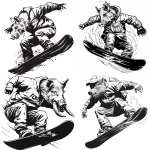
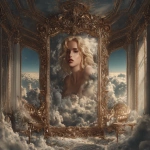
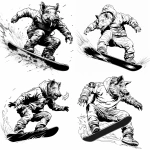
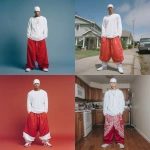
](https://images.ai-img.art/thumbnails/150/69d81ae5ecde297f3c11da78435c5fc00fbac7b00e2c7ccd89d7bbeb014e0541.webp)


](https://images.ai-img.art/thumbnails/150/908bcb9950a44fd4b37d1a84cf00178988cea9507738d7ad4f92707c692461ef.webp)
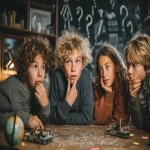


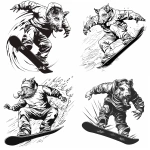
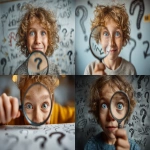
](https://images.ai-img.art/thumbnails/150/05b3252b3f681226a3df9027b069db31c005f91b72257a74367c4102f03a2ba0.webp)
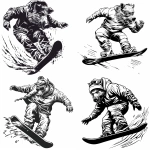
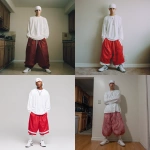
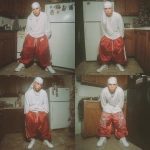


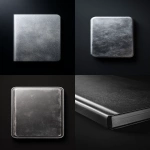
](https://images.ai-img.art/thumbnails/150/807ac97f95d56e8cc7cf714e13299d80bf6bcb5b4d80b77a7f06f30246184943.webp)
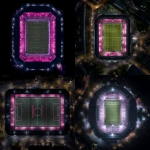
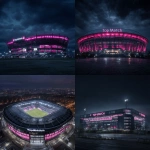

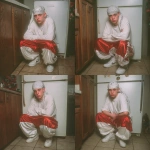
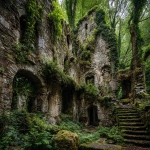
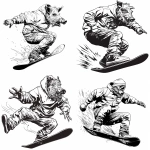
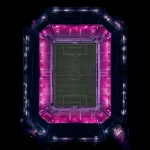
](https://images.ai-img.art/thumbnails/150/57afc09cc38edf73880f760b7ebe1852c5522c6b4051836717b2e56b6f7f913c.webp)
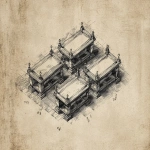

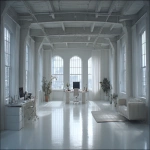
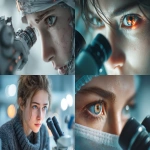

](https://images.ai-img.art/thumbnails/150/fc468fe14407b96489933a55227127071fd5f6c0505be74ca4dcb2f1e2fa3771.webp)
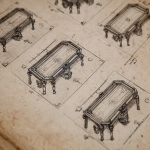
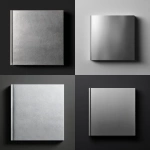
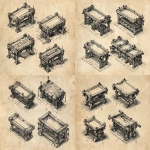
](https://images.ai-img.art/thumbnails/150/3ccc82ef0ad0cc1ab1dfb5b8e6bc37924fcad45dadf41cbd1cb21d19fc7f640a.webp)
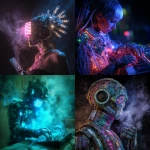
](https://images.ai-img.art/thumbnails/150/83ec831b9fb19e0db5a520b051b9556f3f594b87acc957ffee094a06a565e6f0.webp)
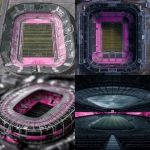

](https://images.ai-img.art/thumbnails/150/738b292720ee21b57673dfb75ad851f4c34d16f5006ae3027ba685feaddb6b04.webp)
